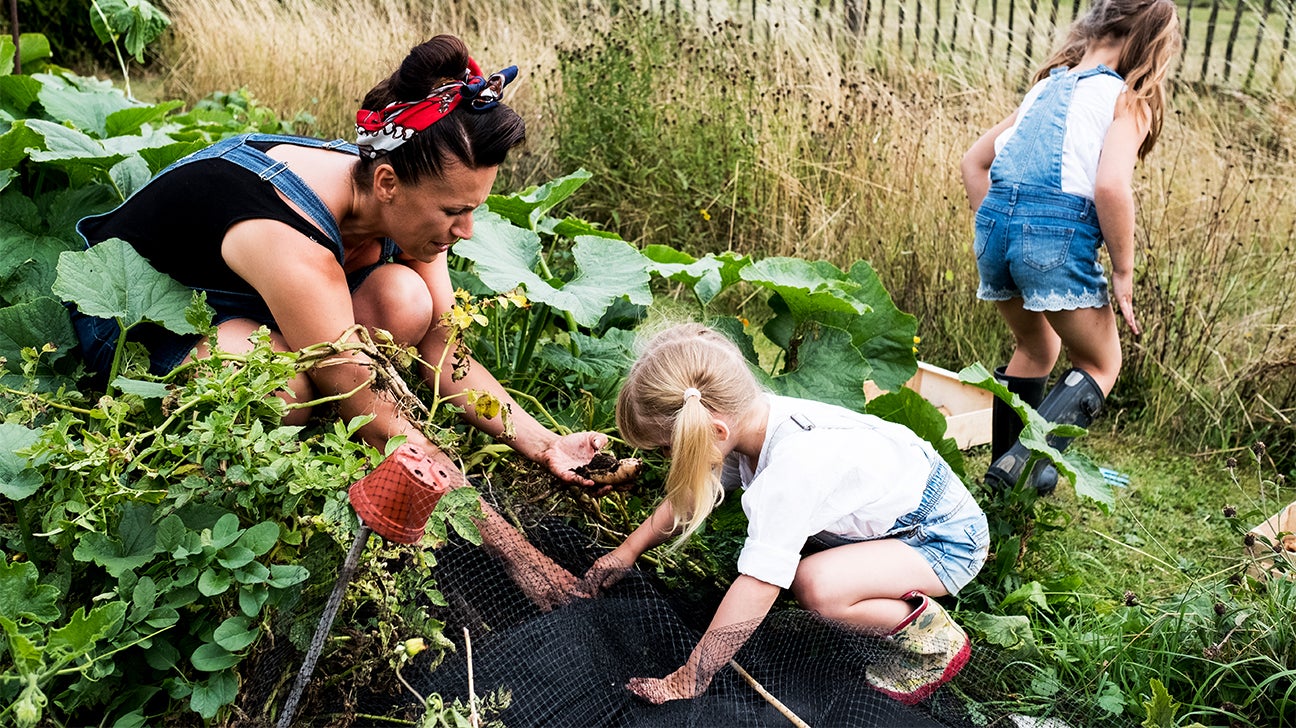The Comprehensive Guide to Horticulture: Discover the Benefits of Different Styles and Techniques
Gardening encompasses a diverse range of styles and approaches, each offering unique advantages customized to individual preferences and ecological contexts. As we discover these different styles, it becomes obvious that the choices made can significantly affect both the yard's health and its payment to the surrounding atmosphere.
Comprehending Gardening Essentials
Comprehending the essentials of horticulture is vital for growing a flourishing and sustainable garden. A successful horticulture undertaking begins with a solid structure of understanding concerning dirt, plant option, and climate considerations.
Selecting the right plants is similarly important. Recognizing their details requirements-- such as sunlight, water, and spacing-- makes certain compatibility with the regional climate and soil conditions. This selection process need to also think about the development practices and lifecycle of plants, enabling a well balanced and cosmetically pleasing garden.
In addition, reliable watering techniques are vital. Over-watering and under-watering can both lead to plant stress and disease. Carrying out a schedule based on seasonal changes and plant requirements can enhance water effectiveness.
Popular Horticulture Styles
What defines the significance of preferred horticulture designs? These designs envelop diverse visual concepts, functional requirements, and environmental considerations, ultimately reflecting the garden enthusiast's personal vision. Amongst one of the most distinguished styles is the cottage garden, defined by its informal layout and a vivid selection of blossoms and vegetables. This technique stresses an unified mix of shade and appearance, creating an inviting atmosphere.
Alternatively, the formal garden personifies symmetry and order, frequently including geometric patterns and thoroughly cut bushes. This design interacts style and elegance, with carefully selected plants that strengthen an organized aesthetic.
The Japanese garden provides a tranquil and meditative experience, using natural aspects like water, rocks, and plants to produce a relaxing atmosphere. It focuses on simplicity and balance, encouraging reflection.
In addition, xeriscaping has acquired appeal, particularly in deserts (Gardening). It prioritizes drought-resistant plants and effective water use, promoting sustainability while improving landscape appeal
Advantages of Container Horticulture
Container horticulture provides a wide range of benefits that make it an attractive choice for both novice and skilled garden enthusiasts alike. Among the primary benefits is adaptability; containers can be put in different places, enabling gardeners to optimize sunlight exposure and produce aesthetically appealing arrangements. This flexibility makes it feasible to garden in rooms where typical in-ground horticulture may not be viable, such as balconies, patios, or metropolitan atmospheres.
In addition, container gardening supplies better control over dirt conditions. Garden enthusiasts can personalize the soil mix to match details plants, making sure ideal drain and nutrient availability. This is especially advantageous for people living in areas with bad or contaminated soil.
An additional substantial advantage is the decreased threat of insects and conditions. Container plants can be monitored extra conveniently, and any type of issues can be resolved promptly. In addition, this strategy can reduce go now the spread of invasive species.
Sustainable Horticulture Practices
Lasting gardening methods are crucial for promoting ecological health and wellness and enhancing biodiversity in our communities. These methods prioritize ecological equilibrium, source conservation, and using natural methods to minimize unfavorable environmental influences. By using strategies such as composting, gardeners can decrease waste while improving soil health and wellness, thus promoting a growing yard ecological community.
Water conservation is another essential element of sustainable gardening. Techniques such as rainwater harvesting, drip watering, and making use of drought-resistant plants can substantially lower water usage while making sure that plants get sufficient dampness. Incorporating native plant species into garden designs supports regional wildlife and minimizes the demand for chemical fertilizers and chemicals, which can be damaging to the environment.

Eventually, sustainable gardening techniques not only add to healthier gardens but likewise promote an even more resilient atmosphere, offering long-term benefits to both the garden enthusiast and the bordering neighborhood.
Tips for Effective Gardening
To cultivate a flourishing yard, gardeners must focus on cautious preparation and thoughtful implementation of their horticulture techniques. Begin by evaluating the neighborhood climate and dirt conditions, as these aspects substantially affect plant choice and development. Select plants that are well-suited to your setting, taking into consideration indigenous varieties that will thrive with very little treatment.
Carrying out a well-structured design is important (Gardening). Make use of friend growing techniques to promote biodiversity and all-natural pest control, while you can check here ensuring each plant has ample space for development. This not just improves visual appeals but likewise boosts general plant health and wellness
Routine maintenance is vital to an effective yard. Establish a regular routine for watering, weeding, and fertilizing. Mulching can assist keep moisture and suppress weeds, while also including raw material to the soil.
Don't ignore the importance of observation. Consistently checking plant health and wellness and development will allow for timely interventions. Be open to learning and adapting; gardening is a continual process More Info that profits from experience and experimentation. By prioritizing cautious planning, execution, and recurring upkeep, gardeners can attain a lively and efficient garden that prospers throughout the periods.
Conclusion

In summary, the expedition of varied horticulture designs and strategies discloses their complex benefits, contributing to both visual charm and ecological health. Container horticulture offers flexibility and accessibility, while sustainable practices enhance environmental stewardship. By incorporating numerous strategies and methodologies, garden enthusiasts can maximize their initiatives, advertise biodiversity, and produce useful exterior spaces. Eventually, this extensive guide functions as a valuable resource for growing effective horticulture experiences, promoting a deeper connection with nature and the bordering community.
Comments on “Lasting Gardening Practices for an Eco-Friendly Garden”